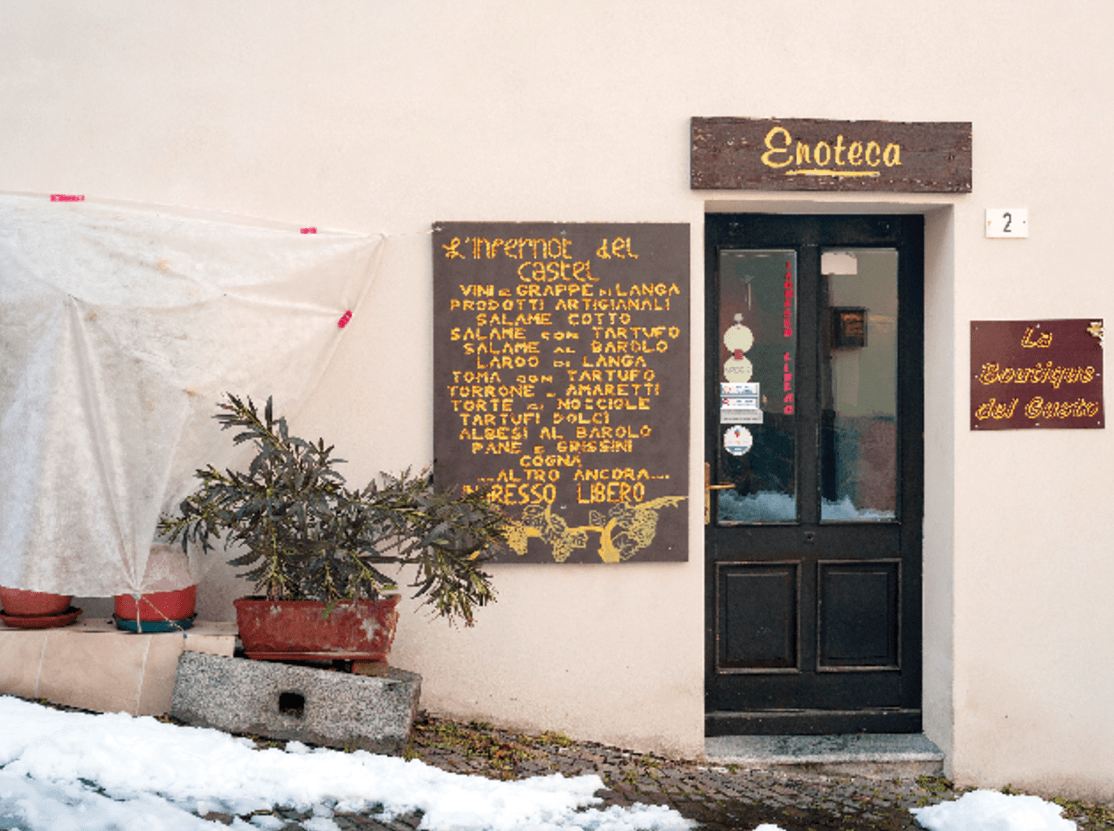
This ‘poor cousin’ of nebbiolo and barbera is finding new life in Australian reds.
Dolcetto is a red grape variety which is native to Italy. While it has been argued that it came from France around 900 years ago (give or take one or two years), this has never been proven, and so it is still considered to be a native Italian grape variety.
In typical Italian style, the meaning of dolcetto is “little sweet one”, yet almost all wines made using dolcetto are dry red wines. To add to the confusion surrounding the variety, it has 49 different names in Italy alone, including the evocative Bignona and Refork.
In Italy, dolcetto is considered by many to be the poor cousin to nebbiolo and barbera. As such, and being an early ripening variety, it is relegated to the ‘lesser’ vineyard areas where the big two would struggle to ripen enough to produce quality grapes.
Dolcetto as a variety plays well with others, in that it is a handy blending wine.
The benefits of this are that the dolcetto grapes are able to maintain higher acid levels than if planted in the prime vineyard locations – it is a low-acid variety, while at the same time avoiding ripening prematurely. As it is, it still ripens several weeks before its more regal cousins, nebbiolo and barbera. Being easy to grow, early ripening and a low-acidity wine, there are those Italian vignerons who consider it almost a ‘practice’ wine, to be made while waiting for the ‘serious’ grape varieties to mature.
This same philosophy has been applied to the winemaking, with dolcetto wines being softer, rounder and easier drinking due to the lower alcohol and acidity.
Therefore, these wines have been made in the early drinking, softer style until recently, when some Piedmont winemakers started to pursue a riper, richer, more oaky and higher alcohol style of wine, in keeping with the world’s demand for bigger more ‘Parker-like’ wines. It will be interesting to see if, as the wine drinking pendulum swings back away from bigger wines towards elegance, whether these Piedmontese winemakers persist with their bigger dolcetto or revert back to the old easy/early drinking style of wine.
According to the authorative Which Grape Varieties are Grown Where by Kym Anderson (Adelaide University Press) there are 6300 hectares of dolcetto planted on the planet, making it the 94th most planted grape variety. To put this into context, cabernet sauvignon is the number one most planted variety, merlot is number two and airen (a Spanish white variety that makes pretty ordinary wine) is third with 252,364 hectares.
Of the global plantings of dolcetto, 96 percent are in Italy, with only just over 250 hectares planted elsewhere in the world. In Italy, the variety comprises just slightly less than one percent of the national grape plantings of 625,700 hectares. It is mainly focused in Piedmont, and to a lesser extent, in Liguria.
Almost all of the dolcetto DOC’s (Dominacion de Origen Controllata) have two tiers of 100 percent dolcetto wines in them. The regular or standard version has to have at least 11.5 percent alcohol, and the superiore has to be 12.5 percent or higher in alcohol.
Until recently, most of the four percent ‘abroad’ plantings were in the USA, predominantly in California, having been brought there by emigrating Italians a very long time ago. There has also lately been a small amount of plantings in Oregon.
More recently, considerable interest in dolcetto has arisen in Australia, where at present there are 33 wineries growing the variety. The plantings range from cool-climate areas such as Mornington Peninsula, Adelaide Hills and King Valley through warm areas such as the Barossa to very warm areas such as Griffith and Riverland.
The tasting kicked off with a fascinating wine, Old Road Inn 2015 Dolcetto (sparkling) from Bulahdelah, a beautiful spot on the New South Wales south coast. The wine was very effervescent, light in colour, almost a rosé with very appealing sweet raspberries on the palate. While quite sweet on the palate, it finished dry enough not to cloy. This wine is a serious party starter.
Moving on to the cooler climate of Bests Great Western 2013 Dolcetto, a sensational wine with lovely red berry flavours coupled with elegant tannins. Very classy.
Bests original dolcetto vines were planted in the 1860s, of which a few rows still remain. Probably making them the oldest dolcetto vines in the world, given that Europe was replanted in the 1890s, due to phylloxera. These are supplemented by vines planted in the early 1970s. Either way, definitely ‘old vine’.
Warming up with McLaren Vale, where the delicious Alpha Box & Dice 2014 Dead Winemakers Society Dolcetto (love the name), was very flowery both on the bouquet and the palate. It finished with the crisp, grippy finish that one associates with young Italian reds.
Comparing the Dell’Uva Barossa 2012 and 2013 Dolcetto was an interesting exercise. While both were excellent, elegant and oh, so drinkable wines, the older vintage demonstrated the softening effect that 12 months has on the tannins of the wine, as it was just that bit softer and smoother, making it an ideal wine to enjoy now, whereas the 2013 was a food wine.
I can foresee more wineries, over time, using dolcetto to soften off big, hard wines made from mainstream reds
Finally, to the Riverland where Salena 2013 Dolcetto had a greater depth of colour, higher alcohol and hints of cedar on the nose. There was some fruit sweetness on the front palate before finishing dry with lovely fine-grained tannins. A bigger style wine made from riper fruit in a warmer climate that is absolutely gorgeous, to enjoy now.
Dolcetto as a variety plays well with others, in that it is a handy blending wine. Whether it is the main component as in the delicious, smooth and very elegant Heartland 2013 Langhorne Creek Dolcetto Lagrein or as a bit player like in the scrumptious, mature Warrenmang Vineyards 2010 Vinello, a blend of barbera, nebbiolo, dolcetto and brunello.
I can foresee more wineries, over time, using dolcetto to soften off big, hard wines made from mainstream reds, a bit like some wineries these days use merlot to soften off cabernet. It would be very interesting to see a cabernet dolcetto blend.
So in conclusion I think that while dolcetto will never threaten the status of any of the major red varietals, not even the rapidly up and coming tempranillo, it will, over time, become a bigger feature in the Aussie wine drinking repertoire. As it offers lighter but tasty and well-structured wines for those who do not want to drink massive, blockbuster wines like shiraz, durif, petit verdot, tannat and saperavi. t
Dan Traucki is a wine journalist and a wine industry consultant specialising in assisting with exports to Asian markets. You can contact Dan at dan@wineassist.com.au


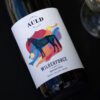
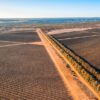



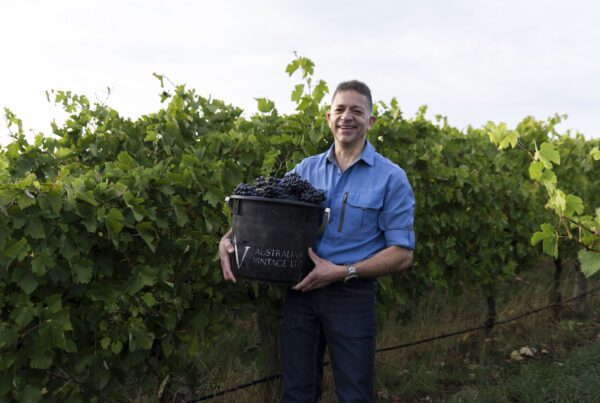
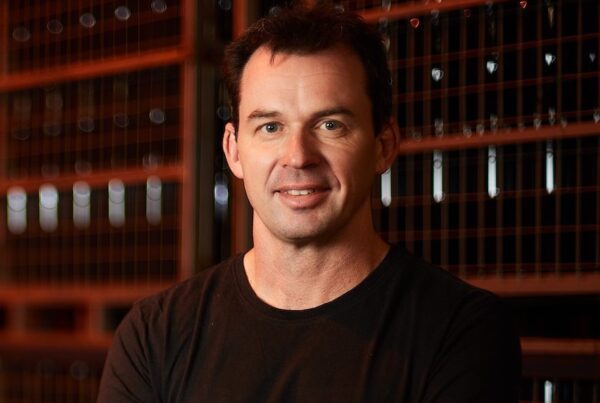
Recent Comments